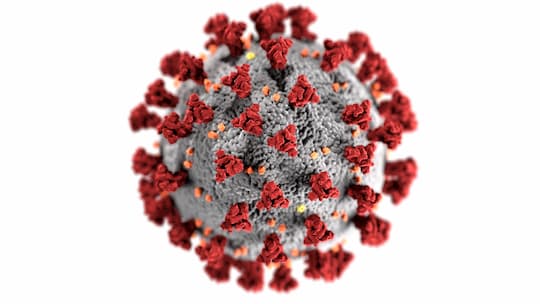Having this vitamin above recommended levels may reduce the risk of coronavirus infection.
Higher than recommended levels of vitamin D — above those previously considered sufficient — could lower the risk for COVID-19 infection.
Vitamin D levels of around 30 ng/mL is generally considered the normal range.
However, a study has found that Black people with blood levels of 30 to 40 ng/mL were almost 3 times more likely to test positive for coronavirus than those with vitamin D levels of 40 ng/ml or above.
The research team analysed data on 3,000 patients with COVID at the University of Chicago Medical Center who had a vitamin D blood test two weeks before the infection.
The team, in their previous study, found that people with vitamin D deficiency, a level of 20 ng/mL or less, are at higher risk of COVID infection.
Another study found that 80 percent of patients hospitalized with COVID were deficient in vitamin D (Hernández et al., 2020).
Dr David Meltzer, the study’s lead author, said:
“These new results tell us that having vitamin D levels above those normally considered sufficient is associated with decreased risk of testing positive for COVID-19, at least in Black individuals.”
Currently there is no standard for what an optimal level of vitamin D should be and recommended values for vitamin D are largely based on past studies regarding bone health.
Dr Meltzer said:
“There’s a lot of literature on vitamin D.
Most of it has been focused on bone health, which is where the current standards for sufficient vitamin D levels come from.
But there’s also some evidence that vitamin D might improve immune function and decrease inflammation.
So far, the data has been relatively inconclusive.
Based on these results, we think that earlier studies may have given doses that were too low to have much of an effect on the immune system, even if they were sufficient for bone health.
It may be that different levels of vitamin D are adequate for different functions.”
The main way of getting vitamin D is exposure to sunlight but people with darker skin and many others have low levels of vitamin D in their blood.
According to Dr Meltzer, vitamin D level is below 30 ng/ml in nearly 50 percent of the world’s population.
A different study found that patients with a blood level of at least 30 ng/mL of 25-hydroxyvitamin D had a 52 percent higher chance of surviving the infection than those with lower levels of vitamin D (Maghbooli et al., 2020).
Dr Meltzer said:
“Lifeguards, surfers, those are the kinds of folks who tend to have more than sufficient vitamin D levels.
Most folks living in Chicago in the winter are going to have levels that are well below that.”
However, excess supplementation of vitamin D can cause hypercalcemia (high level of calcium in the blood).
The symptoms are stomach upset, vomiting, nausea, fatigue, frequent urination, excessive thirst, bone pain, and kidney stones.
Dr Meltzer added:
“Currently, the adult recommended dietary allowance for vitamin D is 600 to 800 international units (IUs) per day.
The National Academy of Medicine has said that taking up to 4,000 IUs per day is safe for the vast majority of people, and risk of hypercalcemia increases at levels over 10,000 IUs per day.”
The study was published in the journal JAMA Open Network (Meltzer et al., 2021).

